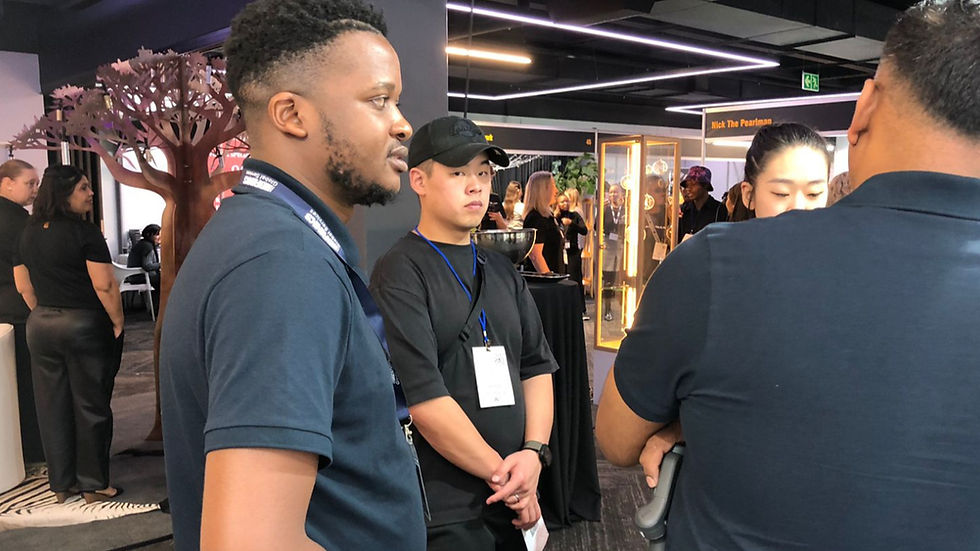key points to help you choose the right resin for dental printing
- 3D Wax Worx

- Aug 20, 2024
- 2 min read
When selecting a resin material for dental applications, several factors must be considered, including the specific use-case (e.g., dental restorations, aligners, dentures), biocompatibility, mechanical properties, aesthetics, and handling characteristics. Here are some common types of resin materials used in dentistry, along with their applications and criteria for selection:
Composite Resins
Applications: Direct restorations (fillings), veneers, and bonding agents.
Criteria for Selection:
Aesthetics: High aesthetic potential to match tooth colour.
Mechanical Properties: Good wear resistance and compressive strength.
Handling: Ease of manipulation and curing (light-cured, self-cured).
Resin material: Optiprint Lumina
Dental 3D Printing Resins
Applications: Custom trays, guides, models, aligners, and interim crowns.
Criteria for Selection:
Material Properties: Specific resins for rigidity, flexibility, or biocompatibility.
Curing Method: Compatibility with specific 3D printing like LCD, SLA & DLP.
Finish and Detail: Ability to produce high-resolution details.
Resin material: Optprint Guide, Optiprint Tray, Optiprint Splint, and Optiprint I-B-T
Temporary Crown and Bridge Materials
Applications: Provisionals for crown and bridge work.
Criteria for Selection:
Strength: Adequate strength for functional use
Aesthetics: Reasonable aesthetic appearance for short-term use
Ease of Adjustments: Can be modified easily when in place
Resin Material: Optiprint Lumina and Phrozen Water-washable dental model
Thermoformable Materials
Applications: Orthodontic appliances and splints.
Criteria for Selection:
Flexibility: Necessary for comfort in the mouth.
Clarity: Aesthetic considerations for aligners.
Durability: Resistance to wear and tear over time.
Resin Material: Optiprint Splint, Phrozen TR300 and JamgHe Water-washable Ortho dental model.
Biocompatible Resins
Applications: Long-term and permanent dental restorations, implants, and surgical guides.
Criteria for Selection:
Biological Compatibility: Non-toxic and safe for long-term use.
Surface Properties: Resistance to biofilm build-up.
Mechanical Properties: Appropriate modulus of elasticity and strength.
Resin Material: Optprint Guide, Optiprint Tray, Optiprint Splint, Optiprint Lumina, Optiprint Laviva and Optiprint I-B-T.








Comments